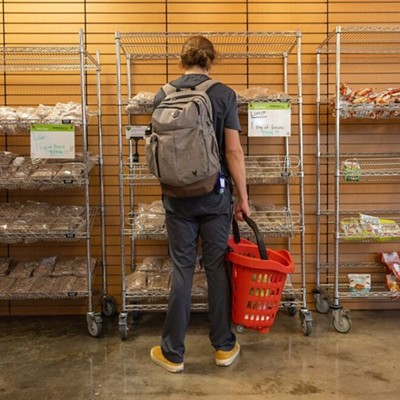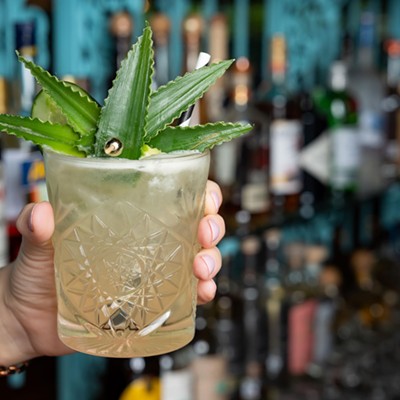Back in the 1990s, when a new awareness of fine wine began to emerge in the U.S., the combination of "ice cubes in your Chardonnay" became a sort of litmus test, a line in the sand dividing those who knew and appreciated fine wine and those who didn't.
Even today, when we're invited for over for dinner and I ask if I may bring wine from my cellar, some will respond by saying: "Sure! Thanks. But don't bring anything too fancy. We put ice cubes in our Chardonnay." The expression -- ice cubes in your/my Chardonnay -- has become part of the modern-day vernacular the way that shit from Shinola became part of everyday speech after the second world war. There are people who know shit from Shinola and there are people who don't. (What? Were you born in a barn?)
The primary component in both ice cubes and wine is water. Of the approximately 1,000 "constituents" in wine (according to the Oxford Companion to Wine), water and alcohol are the predominant elements, and their balance is one of the defining elements in the wine's identity.
When you introduce water into the mix (by adding ice cubes), that balance is unsettled: There's nothing that makes a fine wine producer cringe more than the thought of water being added to her/his wine.
But the tradition of adding water to wine dates back to antiquity.
The Greeks are said to have added sea water to their wine and by the Roman era, it was common to mix wine and water (the alcohol in the wine helped to sanitize the water in an era when potable water could be scarce). In Boccaccio's Decameron (fourteenth century, Italy), the author describes fine wine "so good" that water did not need to be added to it.
And today in Europe (and some of the hipper bars and restaurants of our country's major cities), sparkling water is commonly added to white wine and a bitter like Campari or Aperol to make a spritzer.
At our house, especially during the summer, I often spike a glass of inexpensive wine (like an easy-going Muscadet from France or a Barbera from Italy) with a splash of chilled sparkling water: The added water reduces the amount of alcohol I consume, and it makes the beverage more refreshing. I learned to do this in Europe, where, for the most part, people don't drink wine to get drunk; they drink it because it's healthy component in a balanced meal.
I'm not saying that you should add ice cubes to a fine (and expensive) wine like a Bâtard-Montrachet (arguably the greatest appellation in white Burgundy). You wouldn't be getting your money's worth if you did.
But I am convinced that the ultimate acid test for a wine is whether you like drinking it or not. If it tastes good to you, then it's good.
If you like ice cubes in your Chardonnay, write to me and escape...
Follow Eating Our Words on Facebook and on Twitter @EatingOurWords






